The story of structures on the Monsal Trail: A week in the Peak

- Author: Graeme Bickerdike
- Source: Rail Engineer magazine
- Published: June 09
The story of structures on the Monsal Trail: A week in the Peak
“There was a rocky valley between Buxton and Bakewell, once upon a time, divine as the Vale of Tempe… You Enterprised a Railroad through the valley – you blasted its rocks away, heaped thousands of tons of shale into its lovely stream. The valley is gone, and the Gods with it; and now, every fool in Buxton can be in Bakewell in half an hour, and every fool in Bakewell at Buxton; which you think a lucrative process of exchange – you Fools everywhere.”
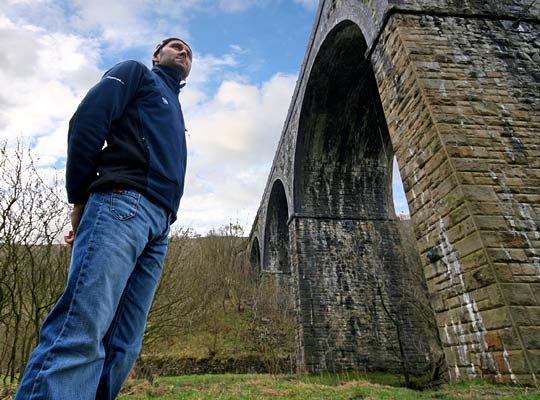
Everyone’s a critic and John Ruskin was a more vociferous one than most. His essays on art and architecture impacted greatly on Victorian and Edwardian social thinking. The endeavours of railway engineers clearly cut no mustard with him.
The route which so outraged Ruskin linked a town of spas to a town of tarts (quite a combination!) via three substantial viaducts, several ‘lesser’ bridges and six tunnels totalling 2,135 yards. It fought its way through a breathtaking limestone landscape and claimed an undeniable victory for determination and elbow grease. That it succumbed to the industry’s reshaping in 1968 is a reality which we have cause to lament today.
A five-span viaduct – the focus of Ruskin’s fury and immortalised on Midland Railway posters – crosses the Wye valley at Monsal Head. In 1970, its future was secured by a Grade II listing after rumours of its demolition surfaced. Ten years on, it became part of the Monsal Trail, a hugely-popular footpath which occupies the old trackbed for much of its route from Chee Dale – close to Buxton – to a mile beyond the elegant former station at Bakewell.
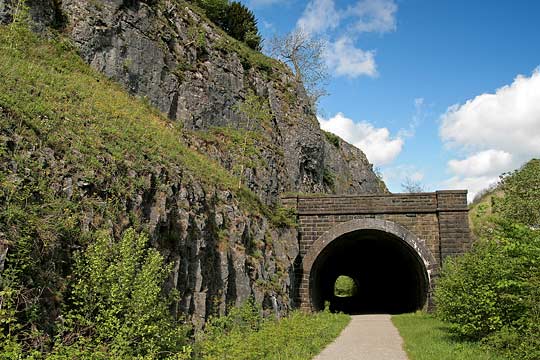
The Peak District National Park Authority is custodian of the trail’s structures; a contract for their inspection is put out to formal tender. In February, Project Engineer Julian Gould, part of Derbyshire County Council’s Environmental Services Department, spent a week examining, recording and considering their strengths and flaws as part of the six-yearly visual inspection cycle. Based on this, he went on to produce a plan identifying low, medium and high priority works, something which the National Park Authority will then manage.
Foot traffic is routed around four closed tunnels – Headstone, Cressbrook, Litton and Chee Tor No.1 – ranging in length from 401 to 533 yards. As part of Julian’s work, he has developed options and costs for reopening these as part of the trail. When numbers were similarly crunched 15 years ago, a figure of £300,000 was arrived at. Accounting for inflation and more-exacting standards, the sums involved are a step-change higher today thanks to the need for lighting and eliminating any chance of brickwork parting company.
All four tunnels remain sound, something Julian confirmed when he spent a couple of hours walking through each of them ahead of his support vehicle – torch in one hand, notebook in the other. Unlike a principal inspection which involves tapping the lining to listen for echoes, this year’s visual was entirely hands-off.
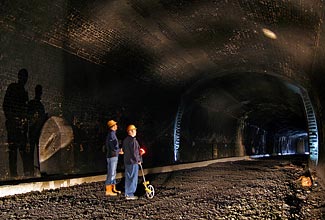
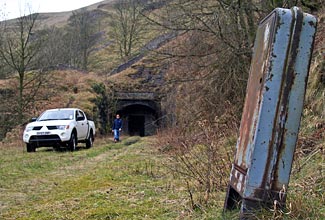
Headstone has some shattered copings above its western portal; it’s also wet at both ends. Large sections of lining in Chee Tor No.1 have succumbed to spalling, with brick faces lost. Water ingress, deteriorating brickwork and perished mortar are all to be expected, though an ongoing repair programme has kept a lid on these. The portals are sealed by full-height walls and doors which have driven up humidity levels, preventing problems from freeze-thaw. Settlement is not a live issue – it’s rare for any movement to be recorded.
In Chee Dale towards the trail’s western end, two more tunnels – both of around 100 yards – remain open, allowing icicles to form when temperatures plummet. But vegetation growth is the greatest threat to public safety, with saplings constantly threatening to dislodge lumps of fragmented limestone in the many sheer-sided cuttings. This can be addressed with a ‘rock-pick’. A huge revetment between Cressbrook and Litton tunnels could benefit from similar attention.
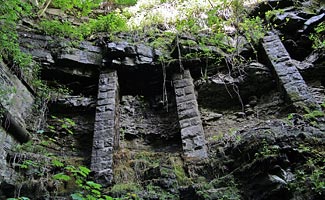
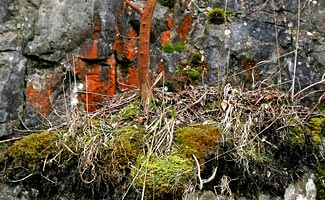
Walkers cross two listed viaducts – the one below Monsal Head and another at Millers Dale comprising a wrought iron superstructure of three segmental arches and spandrels. This boasts a II* listing. In 1905, conflicting freight and passenger trains forced the Midland to erect a second viaduct alongside it. This is also listed but closed off; British Railways Board (Residuary) looks after it.
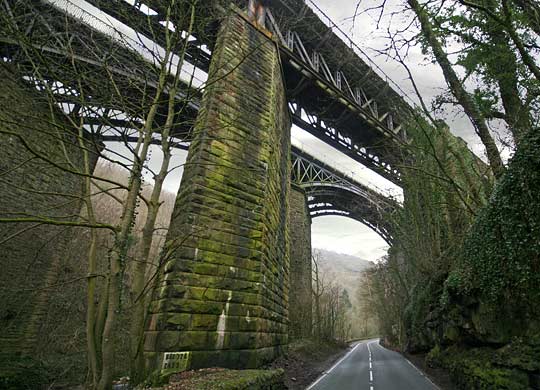
The five-span viaduct at Monsal Dale – 100 yards long and 70 feet high – is a product of rubble limestone with blue brick dressings. It suffered some slippage in its early years and extensive remedial works, in gritstone and red brick, took place in 1904/5. Though it remains a striking feature, this hotchpotch of materials blights its appearance at close quarters.
Despite a large number of stress and shrinkage cracks, Julian found the structure to be in fair condition for its size and age, with no significant defects. A mystery bulge had appeared above the western-most arch on the northern side which wasn’t mentioned in previous reports, but it didn’t look new.
Repointing the viaduct would involve disproportionate cost due to the needs of access. Parapets and spandrels can be reached from the deck by cherry picker; other isolated cracks can be tended to using rope access. But significant maintenance on the arch soffits would be difficult to justify – and probably unnecessary – unless the structure was being brought back into use for rail.
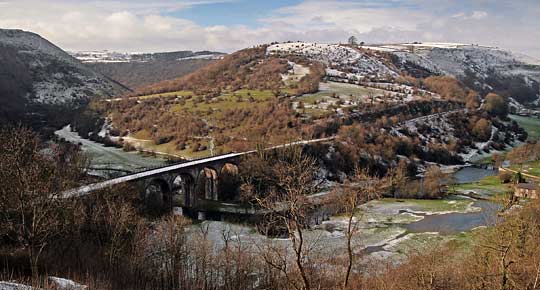
And that’s a prospect which continues to raise its head. In 1975, a group of enthusiasts formed the Peak Railway Society with the aim of relaying the line. Steam services are now running between Matlock and Rowsley. Railtrack proposed its reinstatement for freight in the mid-Nineties. Then Derbyshire County Council and a dozen funding partners published a 101-page study in 2004, concluding that there were no engineering show-stoppers to the route’s reopening but “a clear deficit in benefits”.
Of course, the climate has changed since then. Last September, Network Rail published its draft Route Utilisation Strategy for Yorkshire & Humber which put forward Buxton-Matlock as a means of relieving pressure caused by aggregate traffic on the Hope Valley line. The East Midlands RUS will examine this further.
Whether bearing the load from feet or steel wheels, the viaducts of the Midland Railway’s Peak District incursion can be confident of a cared-for and functional future. Few non-operational structures can look forward with that degree of certainty.
If a viaduct could be self-righteous, how smug would Monsal be that’s still going strong a century after Mr Ruskin turned turtle?
On several Saturdays during 2009, rangers from the Peak District National Park Authority are offering guided walks through the closed tunnels – see link below.
More Information
| Peak District Guided Walks | Details of the 2009 programme |
| Discover Derbyshire | Page about the Monsal Trail |






